🔸 What is the difference between Process Builder, Workflow, and Flow?
🔸 Explain the concept of Sharing Rules and their types.
🔸 What is a Bucket Field in Salesforce Reports, and how is it used?
🔸 Can you explain the significance of the Order of Execution in Salesforce?
🔸 How do you handle Governor Limits in large-scale data processing?
🔸 What is the difference between Profiles, Permission Sets, and Permission Set Groups?
🔸 How would you troubleshoot a “Too Many SOQL Queries” error in Apex?
🔸 Explain the various types of Reports and Dashboards available in Salesforce.
🔸 What is Apex Managed Sharing, and when would you use it?
🔸 Can a Lookup Relationship be converted to a Master-Detail Relationship? If yes, how?
🔸 What are the limitations of Roll-Up Summary Fields?
🔸 How does the Recycle Bin work in Salesforce, and what are the retention policies?
🔸 What are the different ways to deploy metadata in Salesforce?
🔸 What is Dynamic Apex, and how does it work?
🔸 Explain the concept of Trigger Context Variables in Salesforce.
🔸 What is the purpose of Platform Events, and how do they facilitate integration?
🔸 Can you implement custom pagination in LWC? If yes, explain how.
🔸 What are the best practices for designing scalable Salesforce solutions?
Answer Keys –
Here are the answers to the Salesforce interview questions mentioned in the above post:
✅ What is the difference between Process Builder, Workflow, and Flow?
- Workflow: Limited to simple automation like field updates, email alerts, tasks, and outbound messages.
- Process Builder: More advanced, can handle multiple if-else conditions and create records in addition to workflow actions.
- Flow: Most powerful, can handle complex logic, call Apex, interact with external systems, and allow user inputs.
✅ Explain the concept of Sharing Rules and their types.
Sharing rules provide additional access to records based on criteria or ownership:
- Criteria-based Sharing Rules: Share records based on field values.
- Owner-based Sharing Rules: Share records owned by specific users or roles.
✅ What is a Bucket Field in Salesforce Reports, and how is it used?
A Bucket Field categorizes report data without creating a formula or field in Salesforce. For example, you can group Opportunity stages into “Won,” “Lost,” and “In Progress.”
✅ Can you explain the significance of the Order of Execution in Salesforce?
The Order of Execution defines the sequence of events when a record is saved. It ensures that validation rules, triggers, workflows, and other automation are processed systematically to maintain data integrity.
✅ How do you handle Governor Limits in large-scale data processing?
- Use Bulkified Code to handle records in batches.
- Optimize SOQL Queries to retrieve only necessary fields.
- Leverage Asynchronous Apex (Batch Apex, Queueable) for large data volumes.
- Use Indexes for efficient querying.
✅ What is the difference between Profiles, Permission Sets, and Permission Set Groups?
- Profiles: Define base-level permissions for a user.
- Permission Sets: Grant additional permissions on top of the profile.
- Permission Set Groups: Bundle multiple permission sets to simplify permission assignment.
✅ How would you troubleshoot a “Too Many SOQL Queries” error in Apex?
- Avoid SOQL queries inside loops.
- Use maps to retrieve related data.
- Optimize queries to fetch only required fields.
- Refactor the logic to reduce redundant queries.
✅ Explain the various types of Reports and Dashboards available in Salesforce.
- Tabular: Simplest format, similar to a spreadsheet.
- Summary: Grouped by rows and can include subtotals.
- Matrix: Grouped by rows and columns.
- Joined: Combine multiple report types.
✅ What is Apex Managed Sharing, and when would you use it?
Apex Managed Sharing allows developers to programmatically share records with users or groups when OWD is Private or Restricted. Use it for custom sharing requirements that can’t be handled by declarative sharing.
✅ Can a Lookup Relationship be converted to a Master-Detail Relationship? If yes, how?
Yes, if the lookup field contains no null values and is not part of a standard object, you can convert it to a Master-Detail Relationship.
✅ What are the limitations of Roll-Up Summary Fields?
- Only available on Master-Detail Relationships.
- Limited aggregation options (COUNT, SUM, MIN, MAX).
- Cannot include formula fields or certain types of roll-ups in calculations.
✅ How does the Recycle Bin work in Salesforce, and what are the retention policies?
Deleted records are stored in the Recycle Bin for 15 days or until the storage limit is reached. After that, they are permanently deleted.
✅ What are the different ways to deploy metadata in Salesforce?
- Change Sets
- Metadata API (using tools like Workbench)
- ANT Migration Tool
- Salesforce DX
✅ What is Dynamic Apex, and how does it work?
Dynamic Apex enables developers to retrieve and interact with metadata at runtime. For example:
- Using
Schema.getGlobalDescribe()to get all object details. - Creating SOQL queries dynamically based on user inputs.
✅ Explain the concept of Trigger Context Variables in Salesforce.
Trigger Context Variables provide information about the trigger execution context, such as:
Trigger.new: New values for records.Trigger.old: Old values for updated or deleted records.Trigger.isInsert,Trigger.isUpdate, etc., to identify the trigger event.
✅ What is the purpose of Platform Events, and how do they facilitate integration?
Platform Events enable real-time communication between Salesforce and external systems through an event-driven architecture. Use cases include IoT integrations, notifications, and error logging.
✅ Can you implement custom pagination in LWC? If yes, explain how.
Yes, by:
- Using SOQL queries with LIMIT and OFFSET.
- Keeping track of the current page and total records.
- Dynamically updating the data displayed in the component.
✅ What are the best practices for designing scalable Salesforce solutions?
- Use bulkified Apex and avoid hardcoding.
- Optimize data and query handling.
- Leverage asynchronous processing.
- Use proper indexing and selective queries.
- Keep automation declarative where possible for maintainability.


